Top 15 Amazing Things to Do in Padua (Italy)
The beautiful city of Padua is one of the highlights of the Veneto region and is still an insider’s tip for anyone looking for that special Italian experience. As one of the oldest cities in the country, this northern Italian metropolis offers magnificent monuments, numerous museums, and an unmistakable flair. There are so many things to do in Padua. Visitors will be amazed by its incredible wealth of attractions, including UNESCO World Heritage Sites such as the Botanical Gardens and the 14th-century fresco cycles scattered throughout the historic center. In addition, Padua is a city of students, where a modern way of life mixes with a thousand years of history. As a result, you will be able to enjoy a hip nightlife, many good restaurants, cafés and boutiques for shopping. Moreover, there are surprisingly many other exciting attractions to discover while sightseeing in Padua, so you are guaranteed not to get bored during a city trip.
This travel guide provides you with all the important information about Padua in Italy. In addition, we will show you the best things to do in Padua, the most beautiful pictures, give you insider tips, and tell you where to stay.
Good to know!
If you are still looking for a special hotel or accommodation in Padua, we can recommend the wonderful Hotel Al Prato in a great central location.
A real highlight of the city is the Scrovegni Chapel with its cycle of frescoes by Giotto. If you are planning a visit, it is highly recommended that you make a reservation in advance.
1–2 days in Padua are enough to see the main attractions and monuments. If you want to do some sightseeing in the surroundings of the city, then you should plan for 3 or 4 days.
Really great tours of the city, cooking classes, wine tastings, and excursions to and from Padua are also available online at GetYourGuide.
General Information about Padua
The city of Padua, with a population of 206,000, is located in the Veneto region of northern Italy, just 45 kilometers from Venice, 40 kilometers from Vicenza and 80 kilometers from Verona. Padua is known for its magnificent old town with numerous historical attractions, including the world-famous pilgrimage site of the Basilica di Sant’Antonio, the Scrovegni Chapel with its cycle of frescoes by Giotto, and the oldest botanical garden in the world. The heart of Padua is also home to one of the oldest universities in Europe, founded in 1222, which today has up to 70,000 students. In addition, the center offers many other attractions, such as interesting museums, breathtaking squares and charming parks.
Padua has a long and rich history. According to legend, it was founded as early as 1184 B.C. by the Trojan king Antenor and is therefore considered to be one of the oldest cities in Italy. Today, Padua is a popular destination for Italy connoisseurs and for many who are planning a tour of the northern part of the country. Aside from sightseeing, Padua also has a lot to offer culinary, from delicious Risotto con i Rovinassito pasta dishes like Bigoli. Especially in the old part of town, there is a wide variety of excellent restaurants and cozy cafés to enjoy.
The Best Things to Do in Padua
There are a number of attractions worth seeing when traveling to Padua. Most of them are located in the historic center and can be explored by walking around on your own. To help you get the most out of your visit, we’ve put together a list of the best things to do in Padua:
Palazzo della Ragione
The Palazzo della Ragione, also known as the Palace of Justice, was built in the Middle Ages, between 1172 and 1218, and served as a courthouse and meeting place for the city councils. A visit is definitely one of the top things to do in Padua! Located between the main squares, Piazza della Frutta and Piazza dell’Erbe, it is today one of the most important monuments in Padua. On the first floor there are many small shops selling local products. In the upper part there is a magnificent portico from which you can enjoy a splendid view. The most impressive attraction, however, is the 82-meter-long Council Hall “Salone” with its numerous colorful frescoes, created after a fire in 1425-1440. It is also interesting to see the giant wooden horse, which is a popular subject for photographs.
Piazza dei Signori
The Piazza dei Signori is undoubtedly one of the most beautiful squares in the old town of Padua. A popular meeting place for locals and tourists alike, this historic square is the beating heart of the city. In the mornings during the week you can find a traditional market, while in the late afternoon you can enjoy an apéritif in one of the charming cafés and bars. The Italian flair here is truly unique. Surrounded by numerous imposing buildings as well as magnificent palaces, a picturesque setting awaits the visitor. The main attraction of Piazza dei Signori is the clock tower of the Palazzo del Capitano. This was the seat of the Venetian governors for almost 400 years.
Padua Cathedral & Baptistery
The Cathedral of Padua, also known as the Basilica Cattedrale di Santa Maria Assunta, is a remarkable sacred building in the Old Town. It has a history of more than 2000 years, with the destruction of the original church in an earthquake in 1117 and the rebuilding of the church later. In the 16th century, Michelangelo was responsible for the construction of a magnificent new cathedral. However, the facade of the cathedral remains unfinished to this day. Also worth seeing is the Baptistery adjacent to the Cathedral, which can be visited for a small fee. A highlight there is the completely preserved fresco cycle from the 14th century. It was painted by the famous artist Giusto de’ Menabuoi and has been on the UNESCO World Heritage List since 2021.
Tip: For those interested in art and culture, the Diocesan Museum of Padua is well worth a visit. It is located in the Bishop’s Palace next to the Cathedral.
Cappella degli Scrovegni & Musei Civici
The Cappella degli Scrovegni, also known as the Scrovegni Chapel or the Arena Chapel, is certainly a famous monument in Padua and a visit is a must on any visit. Commissioned by Enrico Scrovegni, the church was built between 1303 and 1305 and was originally the private chapel of the Scrovegni family. The exterior is rather unspectacular, but the interior is fascinating, with its detailed and colorful frescoes by the famous painter Giotto di Bondone. The unique works of art cover all the walls and depict 38 scenes from biblical stories. Don’t forget to visit the adjacent Musei Civici, which is also included in the entrance fee. It is home to a remarkable archaeological collection, as well as a number of works of art and historical paintings.
Tip: Due to the large crowds and limited space, it’s a good idea to reserve your ticket for the Scrovegni Chapel online a few days in advance.
Prato della Valle
A real jewel in Padua is Prato della Valle, a stunning square in the historic old town. It is a popular meeting place for locals and tourists alike, thanks to its greenery and picturesque surroundings. This landmark is not only the largest square in the city, but also one of the largest inner-city squares in Europe, with approximately 90,000 square meters. In addition to its size, it also boasts impressive architecture and unique design. The Prato della Valle is surrounded by a canal with 78 large statues of personalities associated with Padua, creating an extraordinary setting. Among these celebrities are Francesco Petrarca and Galileo Galilei. The famous Basilica of Santa Giustina is also close to the Prado.
Tip: Every Saturday the traditional weekly market of Padua is held in this square, and every third Sunday of the month there is a recommended antiquities market.
Basilica di Sant’Antonio
The Basilica di Sant’Antonio, also called the Basilica of Saint Anthony, is one of the most famous sanctuaries in Italy. It was built between 1232 and 1310 on the model of St. Mark’s Basilica in Venice. Today it is one of the eight international sanctuaries in the world, and so every year a large number of visitors from all over the world make a pilgrimage to the basilica. The basilica’s architecture is impressive, with round domes, tall towers, and an ornate facade that combines Venetian-Byzantine, Lombard-Romanesque, and Gothic elements. On the highest dome is the statue of Saint Justina. The interior of the church is also worth a visit, as it is home to a large collection of works of art, as well as the relics of Saint Anthony.
Canals of Padua
A very special eye-catcher are the numerous canals and waterways that cross the city of Padua and give it a stunning flair. During a walk along the canal system, there are always small bridges from which you can have a wonderful view of the city. Especially during the warm months, many people sit on the riverbanks and enjoy the idyllic scenery along the water with an Aperol Spritz. Moreover, the waterways are a popular destination for tourists who want to take boat trips to Venice or Battaglia Terme.
Tip: A boat trip from Padua to Venice on the Brenta River is a wonderful experience. Great tours, including villa visits, can be found here!
Palazzo del Bo & Anatomical Theatre
The Palazzo del Bo with the world-famous Anatomical Theater is definitely one of the most important attractions in Padua. The palace has been the seat of the University of Padua since 1493 and even Galileo Galilei once taught in the Aula Magna. Not to be missed are the “Cortile Anticos” courtyard, with its many historical coats of arms, and the rooms of Palazzo del Bo, which can be visited during an informative guided tour of the old university. An absolute gem, though, is the oldest Anatomical Theatre in the world. Inaugurated in 1595 by Girolamo Fabrici, it was designed by Paolo Sarpi and Dario Varotari. In the 17th century, this wooden theater served as a model for the best universities in Europe.
Orto Botanico & Geothes Palme (UNESCO)
A real highlight in Padua is the Orto Botanico di Padova. It was founded in 1545, making it the first botanical garden in the world. Since then, it has been used for scientific research by the University of Padua and for the cultivation of a wide variety of plants, including many medicinal plants. In addition to the gardens, there is an interesting pharmacological museum to explore and the “Goethe palm” is also located on the site. Planted in 1585, this dwarf palm is currently the oldest plant in the Botanical Garden and was mentioned in the works of Johann Wolfgang von Goethe. Listed as a UNESCO World Heritage Site in 1997, the Botanical Gardens are well worth seeing and should not be missed.
Basilica of Santa Giustina
The Basilica of Santa Giustina is an impressive church in the old town of Padua. Located just a few steps from Prato della Valle square, it is a must-see during a visit to the city. With a length of 122.5 meters, it is one of the largest churches in the world and is also a protected monument. It was built in the 16th century by famous architects such as Andrea Briosco and Matteo da Valle. Particularly impressive are the 8 domes that give this brick church an exceptionally majestic appearance. The interior is also very interesting, with its 26 chapels and altars, which are decorated with paintings from the 17th century.
Caffè Pedrocchi
Visiting Padua is not complete without stopping at the traditional Caffè Pedrocchi. Located in the heart of the old town, this splendid café dates back to 1831 and offers its guests the best coffees, apéritifs, tasty dishes and desserts. All this in a charming, very elegant setting with a variety of styles such as neoclassical, empire and oriental! For almost 200 years, it has played an important role in the cultural and social life of the city. The café is most famous for its unique Pedrocchi coffee, a coffee specialty with green cream, chocolate and mint!
Museo La Specola
An insider’s tip in Padua is the Museo La Specola. This is the museum of the Astronomical Observatory of Padua, beautifully located in a tower of the old city castle, right on a magnificent canal. The Astronomical Observatory has been carrying out research since 1776, and since 1994 it has been possible to visit the oldest part of the Observatory, the tower of La Specola, dating from the 14th century. A tour of the museum takes you through the former workrooms of Padua’s astronomers of past centuries, where numerous historical instruments are exhibited. This museum, which is an absolute eye-catcher from the outside, can unfortunately only be visited on weekends.
Palazzo Zuckermann
The Palazzo Zuckermann is just across the street from the Cappella degli Scrovegni and the Civic Museum, and a visit to this beautiful museum can easily be combined with these two attractions. The palace was built between 1912 and 1914 by the architect Arosio for the wealthy industrialist Erico Zuckermann. In the 20th century, it was used as the headquarters of the main post office of Padua. Today, Palazzo Zuckermann is one of the most prestigious museums in Padua. Arts and crafts from the Middle Ages to the end of the 19th century are on display at the Museo di arti applicate e decorative. The Museo Bottacin, located on the second floor of the building, houses the various collections donated to the city in 1865 by Nicola Bottacin.
Tip: The entrance fee to Zuckermann Palace is included in the entrance fee to the Scrovegni Chapel and the Civic Museums.
Giardini dell’Arena
The Giardini dell’Arena, a charming park just outside the old town, is a green oasis of peace and relaxation. Open to the public, it stretches between Corso Garibaldi and Via Porciglia. Next to the park is a part of the old city walls, the Bastione dell’Arena, while across the street you can admire the old gasometer and the ruins of the quay. Also of interest are the remains of the supporting structures of the Roman Theatre, built around 70 A.D. and now located in the Giardini dell’Arena.
Where to Stay in Padua
You’ll find a wide range of fantastic accommodation in Padua. From budget backpacker hostels to modern apartments, bed and breakfasts and charming hotels, you’ll find it all. If you’re looking for a great place to stay in Padua, we have the following tips for you… It’s worth a look!
- Excellent 3-Star Hotel: The Hotel Al Prato is a great choice. It has cheap parking, it is centrally located, and the breakfast is delicious as well!
- Apartment in the Old Town: The Foresteria Conti is a charming apartment in the old town of Padua. Guests love the location and the beautiful decor.
- Elegant Boutique Hotel: The Majestic Toscanelli is a small, charming hotel in the heart of Padua and perfect if you want to stay right in the old town.
- Beautiful 4-Star Hotel: The Methis Hotel & SPA is a good 4-Star Hotel with free parking. It is also centrally located in an idyllic residential area.
Find the best accommodation in Padua:
More about Italy:
-
Top 15 Amazing Things to Do in Florence
-
20 Amazing Things to Do in Trieste (Italy)
-
15 Best Places to Visit in Tuscany, Italy
-
Top 15 Amazing Things to Do in Bologna
-
Top 20 UNIQUE Things to Do in Rome
Disclosure: Some of the links below are affiliate links. Meaning that if you click on certain links, and then subsequently purchase a product, I will receive a small commission at no extra cost to you.

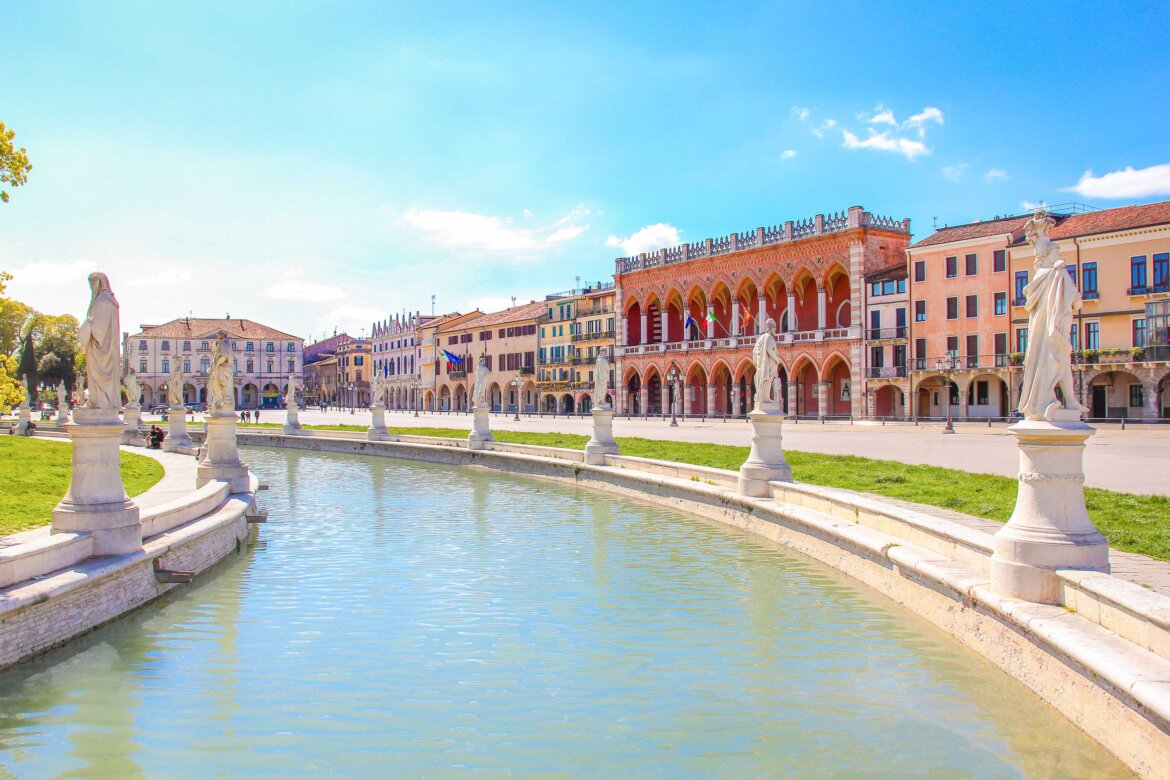
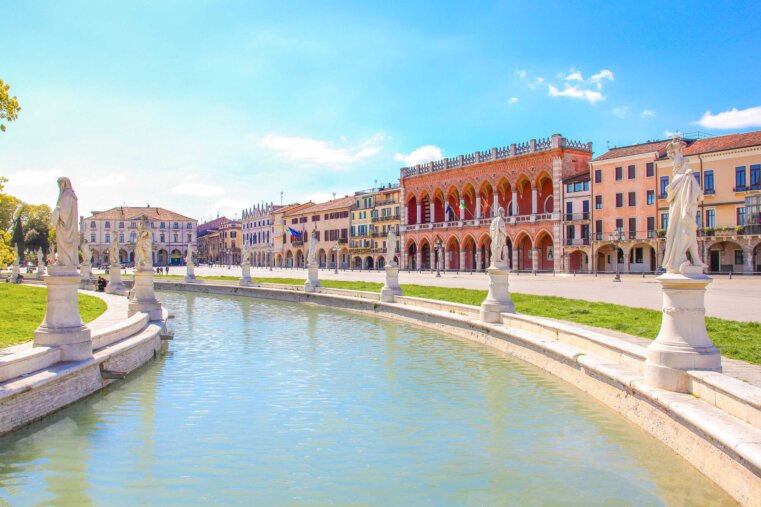
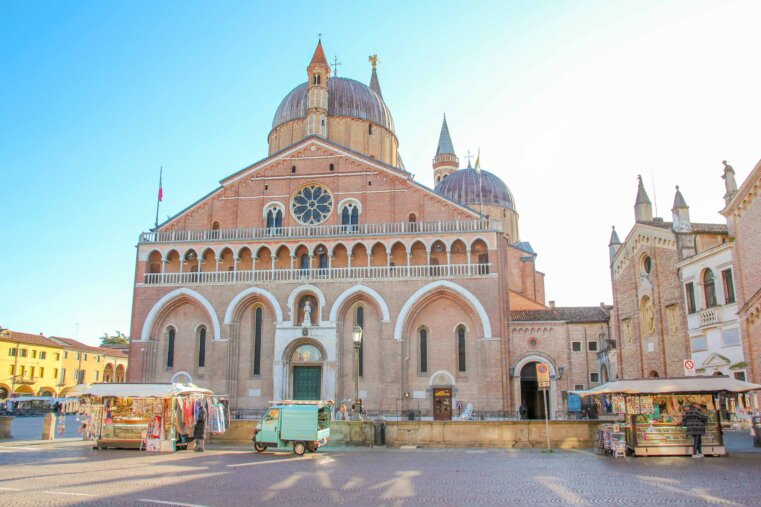
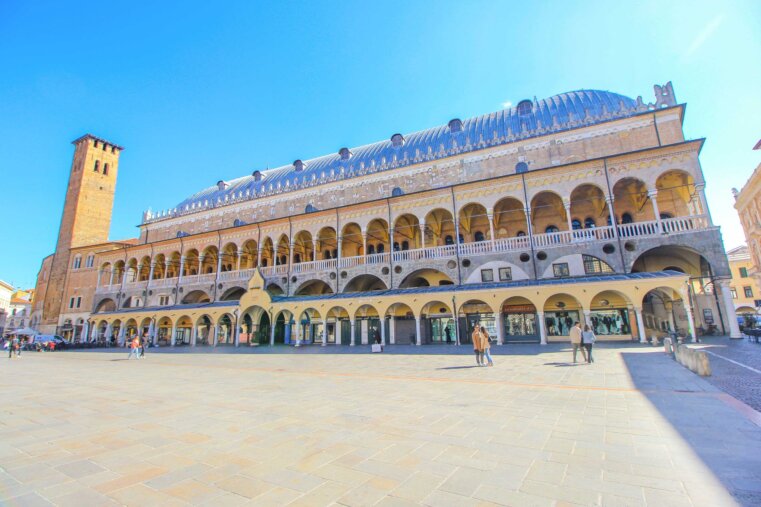
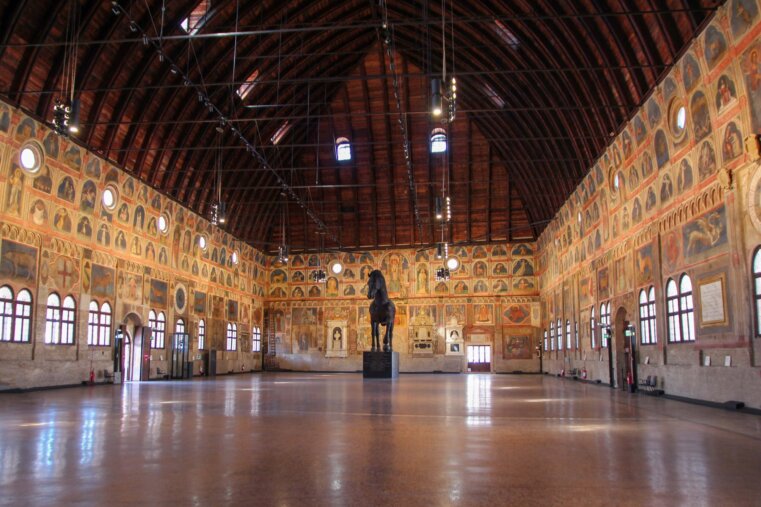
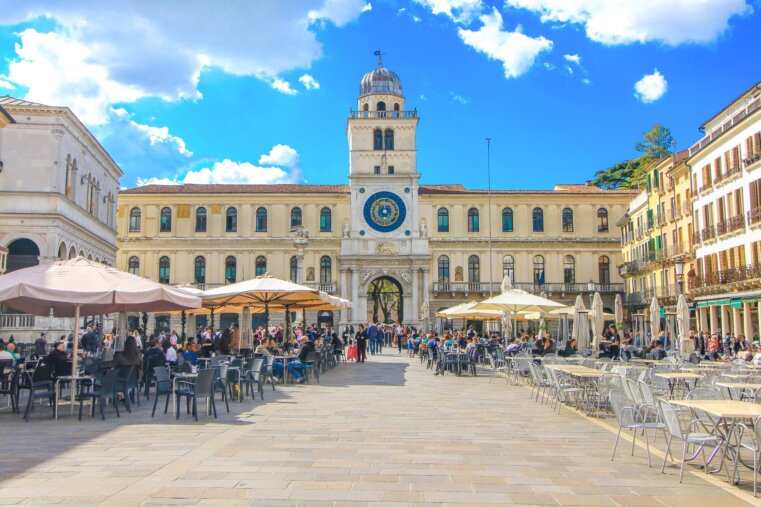
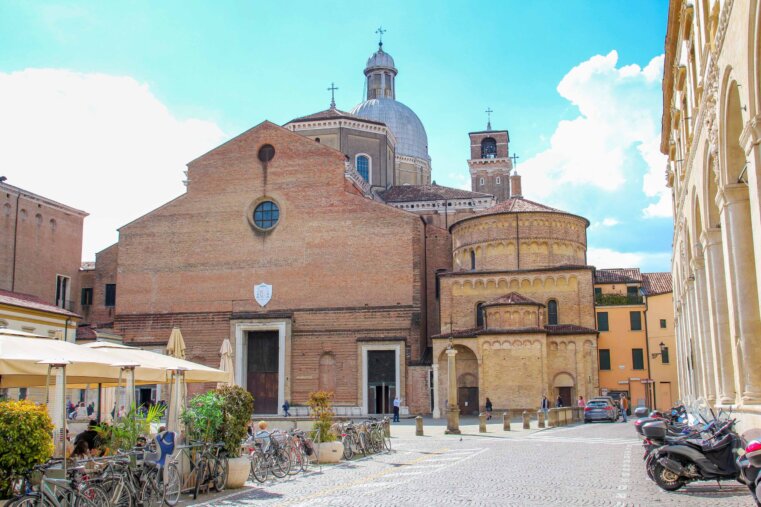
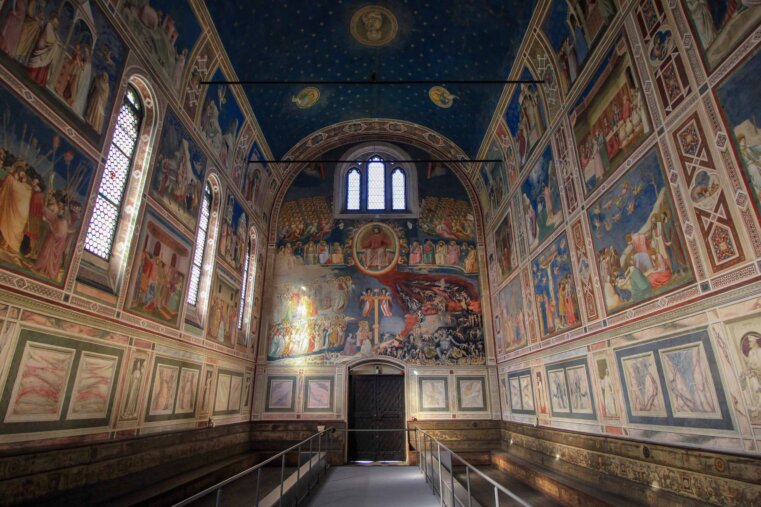
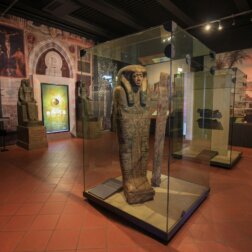
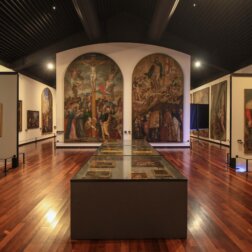
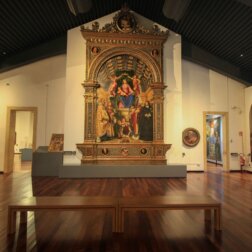
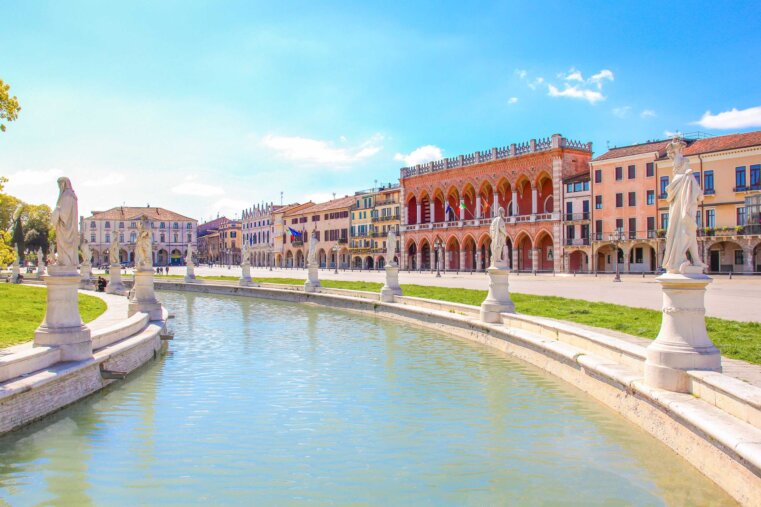
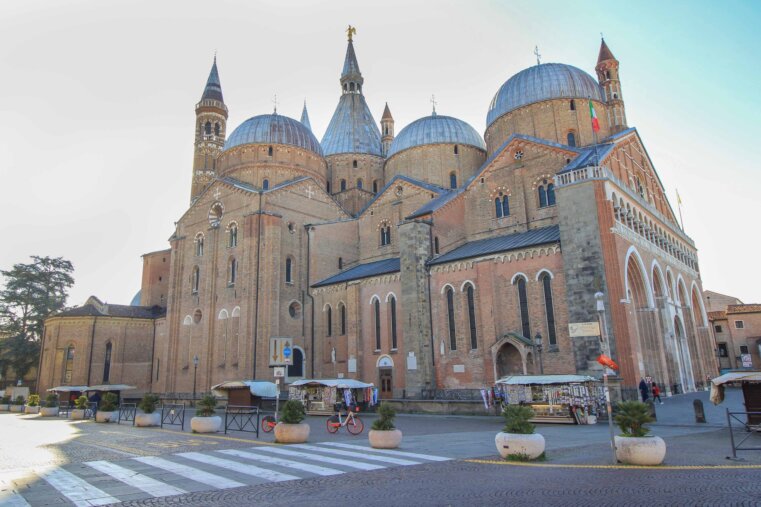
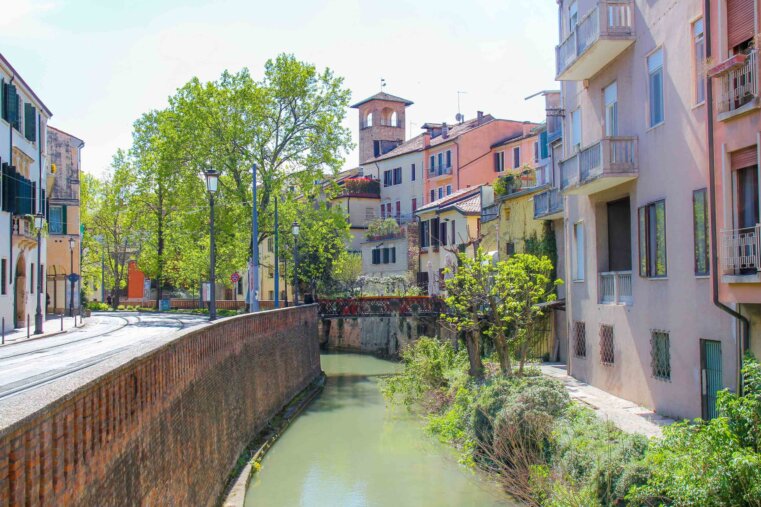
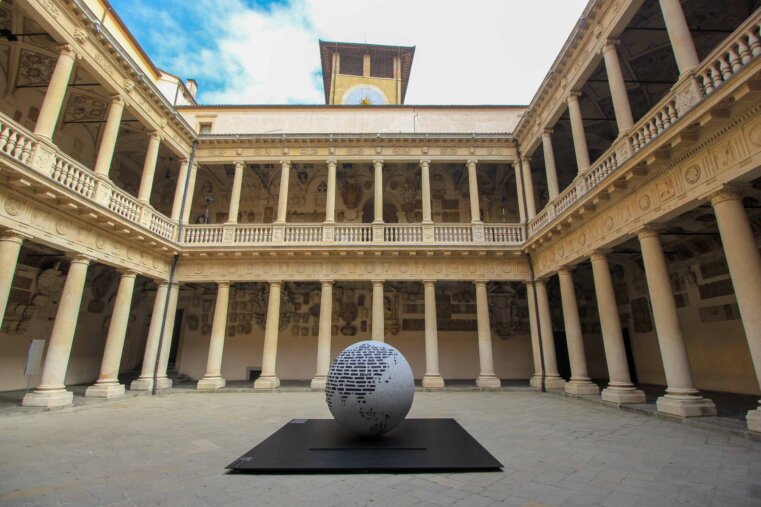
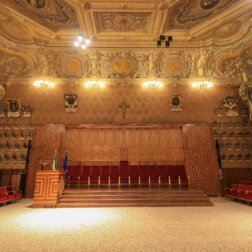
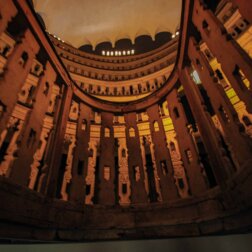
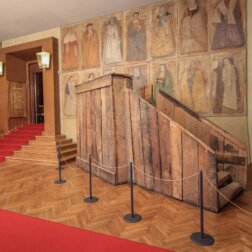
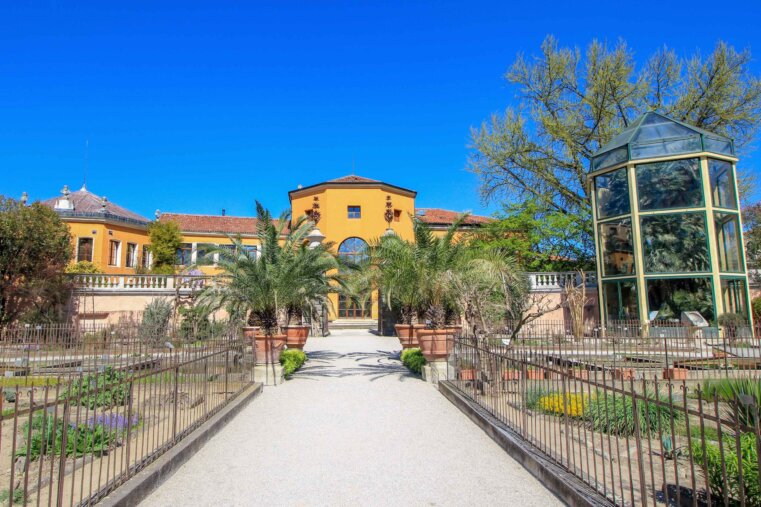
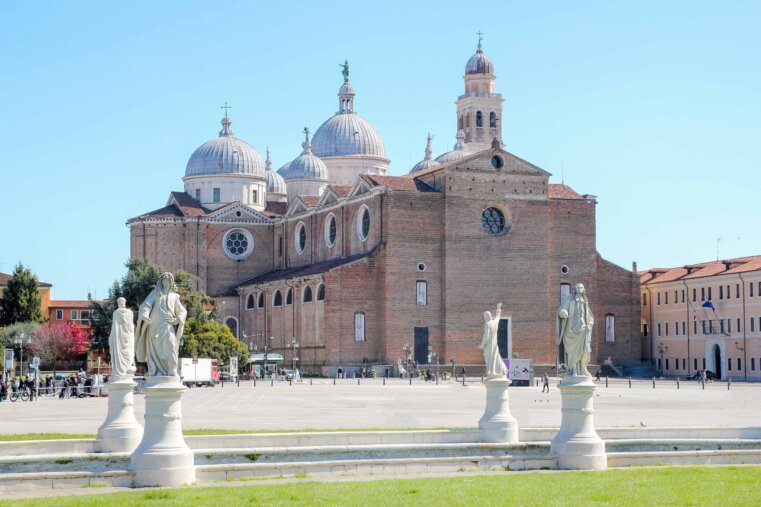
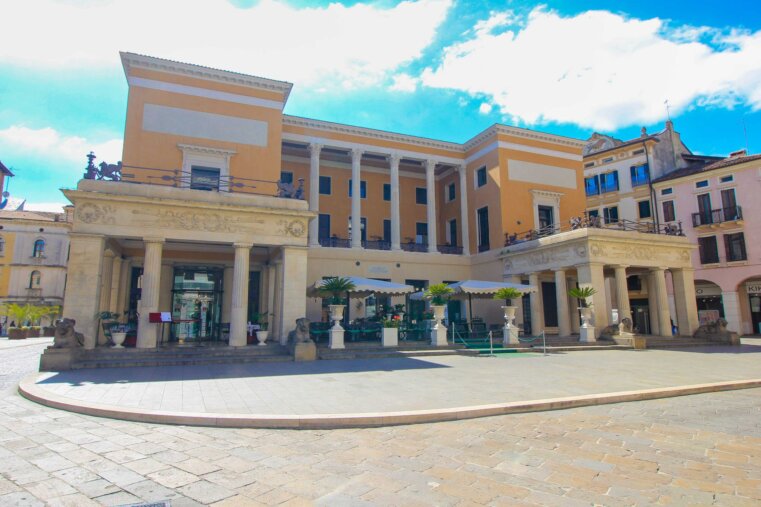
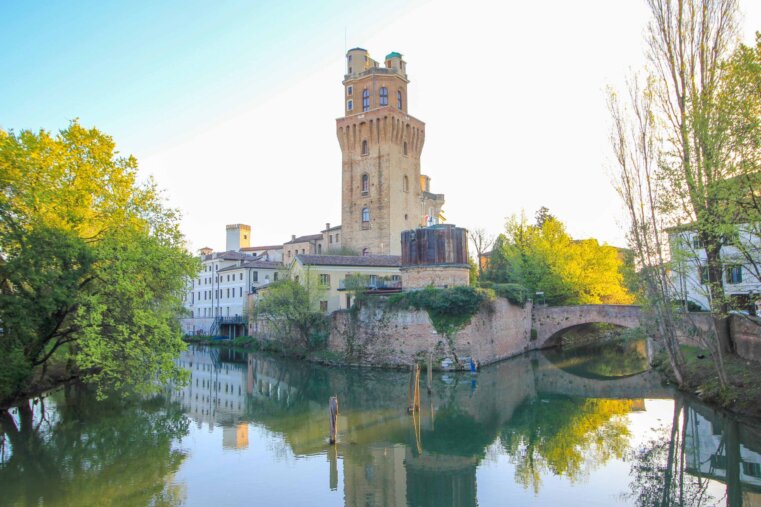
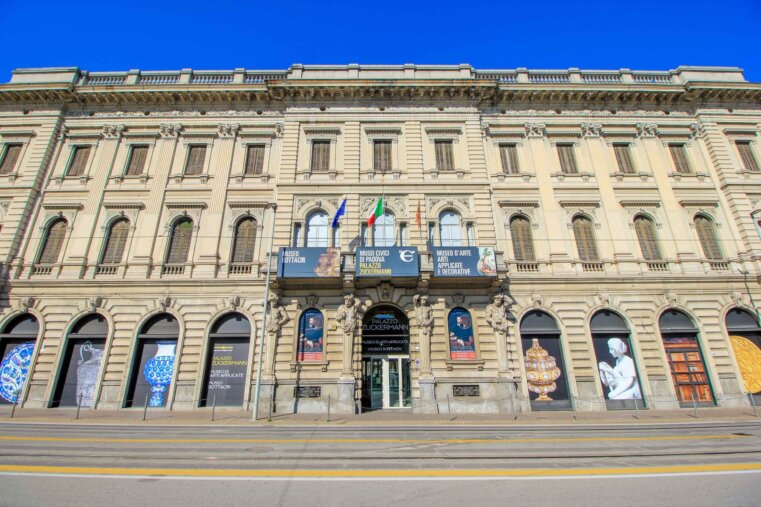
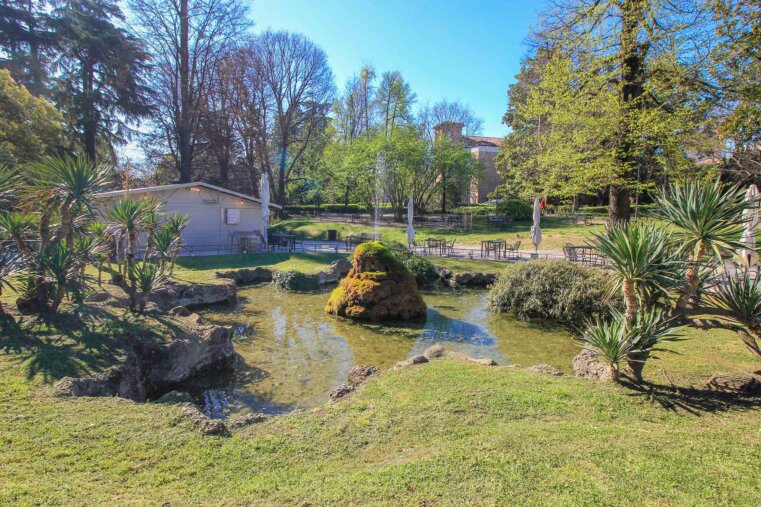
Comments are closed.